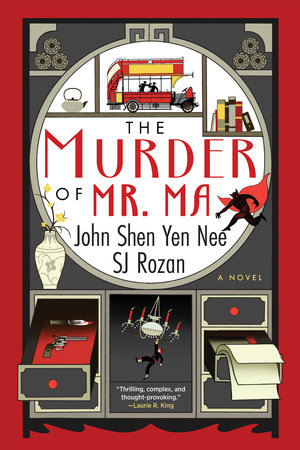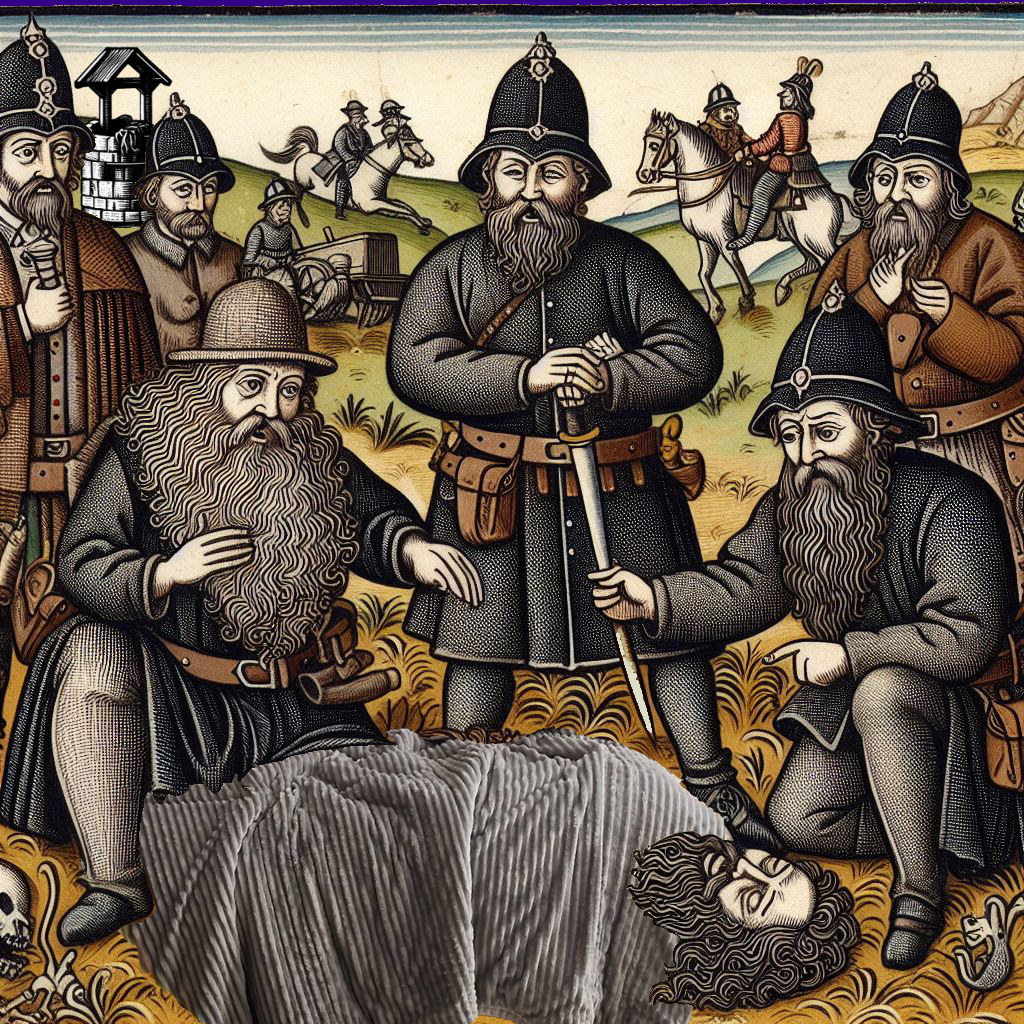On the day this blog posts, life takes my traveling companion and me to southern Florida. The overlapping events provided an ideal time to resume my irregular series of posts on Constitutional Tourism, a geographic review of major Supreme Court decisions on criminal law matters. For those interested in where their law comes from, today we're venturing to The Sunshine State.
No surprise to Crockett or Tubbs, but drugs flow through South Florida. Much of this region's Supreme Court case law deals with drug interdiction. Hopefully, the following review will provide a brief law primer as well as a guide to visiting America's thumb. What follows are a few places where your rights were more sharply defined.
Florida v. Bostick, 501 US 419 (1991)
Mr. Bostick climbed aboard a bus at the Miami depot. His ride was headed for Atlanta. In Fort Lauderdale, the next city north of Miami, sheriff's officers entered the bus. They approached Bostick without any facts to articulate why he might be viewed as a suspicious character. The officers, dressed in law enforcement jackets and showing badges, asked permission to search his bag. There is some dispute about whether Bostick provided consent, but the trial court found that he had. When the deputies looked, they found cocaine in Bostick's luggage. His bus ride ended abruptly.
 |
| selbst vektorisiert, Public domain, via Wikimedia Commons |
The state supreme court for Florida found that a reasonable person, under Bostick's circumstances, would not feel free to leave the bus. That court held that the search was an unconstitutional violation of Bostick's rights against unlawful search and seizure. Bus searches essentially were, per se, unreasonable.
As a rule, the 4th Amendment to the U.S. Constitution protects against unlawful searches. Although there is a preference for search warrants, a judicial order is not always required before the police may search. History has crafted a handful of exceptions. One of those is permission. If I consented to Crockett and Tubbs searching me or my possessions, I cannot later complain if they found something.
But I can't be coerced into giving my okay. My rights need to be freely and voluntarily surrendered. This is a subjective question, turning on things like the words used, the display of weapons, and other facts.
The Supreme Court acknowledged that the police could engage in this behavior on the streets. The bus, however, presented a more challenging environment for a defendant to refuse. The path to avoid the police likely is the narrow center aisle of the bus, a route running between the two officers. If Bostick left, the bus would leave without him. He may not have a free and voluntary choice to make.
However, cramped spaces and tight schedules were not the result of anything the police did; instead, they were part of bus travel. The Supreme Court ruled that Florida's holding finding bus searches were automatically unconstitutional was wrong. The question wasn't whether Bostick was free to leave, the Court held, but whether he was free to decline a search. They sent the case back for the Florida Supreme Court to consider the voluntary nature of Bostick's choice. The Florida judiciary upheld the search this time.
Florida v. J.L., 529 US 266 (2000)
An anonymous caller told Miami police that a group of three young black males were at a bus stop at 183rd St. and N.W. 24th Ave. The male, wearing a plaid shirt, carried a gun. The responding officer arrived within six minutes of the tip. At the bus stop, she saw three males, including one wearing a plaid shirt. She observed no suspicious behavior. Nonetheless, she frisked the plaid-shirted J.L. and found a handgun in his pocket.
 |
| Ed Webster, CC BY 2.0 via Wikimedia Commons |
Another search warrant exception is a police officer's safety frisk. (We discussed this one in an earlier blog touring Cleveland.) If an officer has articulable facts and circumstances that, based on her training and experience, lead her to believe that a crime is occurring and may pose a danger, she is entitled to frisk for weapons. Here, the suspicion arose not from the officer's observations but from an anonymous tipster calling from an unknown place. The tip provided no means for the police to test the informant's knowledge or credibility. The anonymous tip alone could not justify the stop and frisk.
J.L. was sixteen when this offense occurred. His youth may have been a factor in the Supreme Court's reluctance to brand him a criminal. They ruled in his favor and did not allow Florida to prosecute the case. It is also why he isn't named in the opinion. History carries his initials only, unlike Mr. Bostick.
As an aside, the Supreme Court left some wiggle room. They specifically noted that they might feel differently if the police were responding to an anonymous tip about a bomb or some other mass-casualty risk.
Miami buses came out 1-1 in the U.S. Supreme Court.
U.S. v. Place, 462 US 696 (1983)
Airplane passengers always check a few constitutional rights along with their baggage. In Place, a passenger boarded a plane bound for LaGuardia in New York from the Miami airport. Detectives in Florida became suspicious about Raymond Place but decided they didn't have time to search before his flight departed. Instead, they notified DEA agents in New York. The feds detained Place for ninety minutes and drove him to Kennedy Airport. At Kennedy, a drug-sniffing dog alerted to the luggage. This happened on Friday afternoon. The DEA held the luggage until they could get a search warrant signed on Monday. Upon opening Place's luggage, the authorities found slightly more than a kilo of cocaine.
Here, the DEA had a tip from a known and reliable source. It was not anonymous. The Miami detectives, furthermore, investigated and found holes in Place's story. Based on this reliable information, the DEA could detain the luggage briefly to investigate. However, the Supreme Court found that the federal agent's detention exceeded the permissible limits. The authorities kept Place and his bags too long for an investigative stop. They knew he was coming: they could have staged the dog at La Guardia rather than dragging a presumed innocent passenger across New York City. As a consolation, the Supreme Court did rule that allowing a drug-sniffing dog to walk by the luggage did not constitute a search.
The government lost this kilo but got the Supreme Court's thumbs-up on dog sniffing. Canine searches have proved to be a powerful tool for law enforcement.
Constitutional law books locate this case in New York. The constitutional nugget, however, had its origin in Miami. Current Supreme Court Associate Justice Ketanji Brown Jackson also did. She grew up in Miami and was senior class president at Miami Palmetto High School. Justice Jackson is, perhaps, Miami's most enduring Supreme Court connection.
Does she feel constitutionally safer in an airplane or a bus when she visits Miami?
Until next time.












































